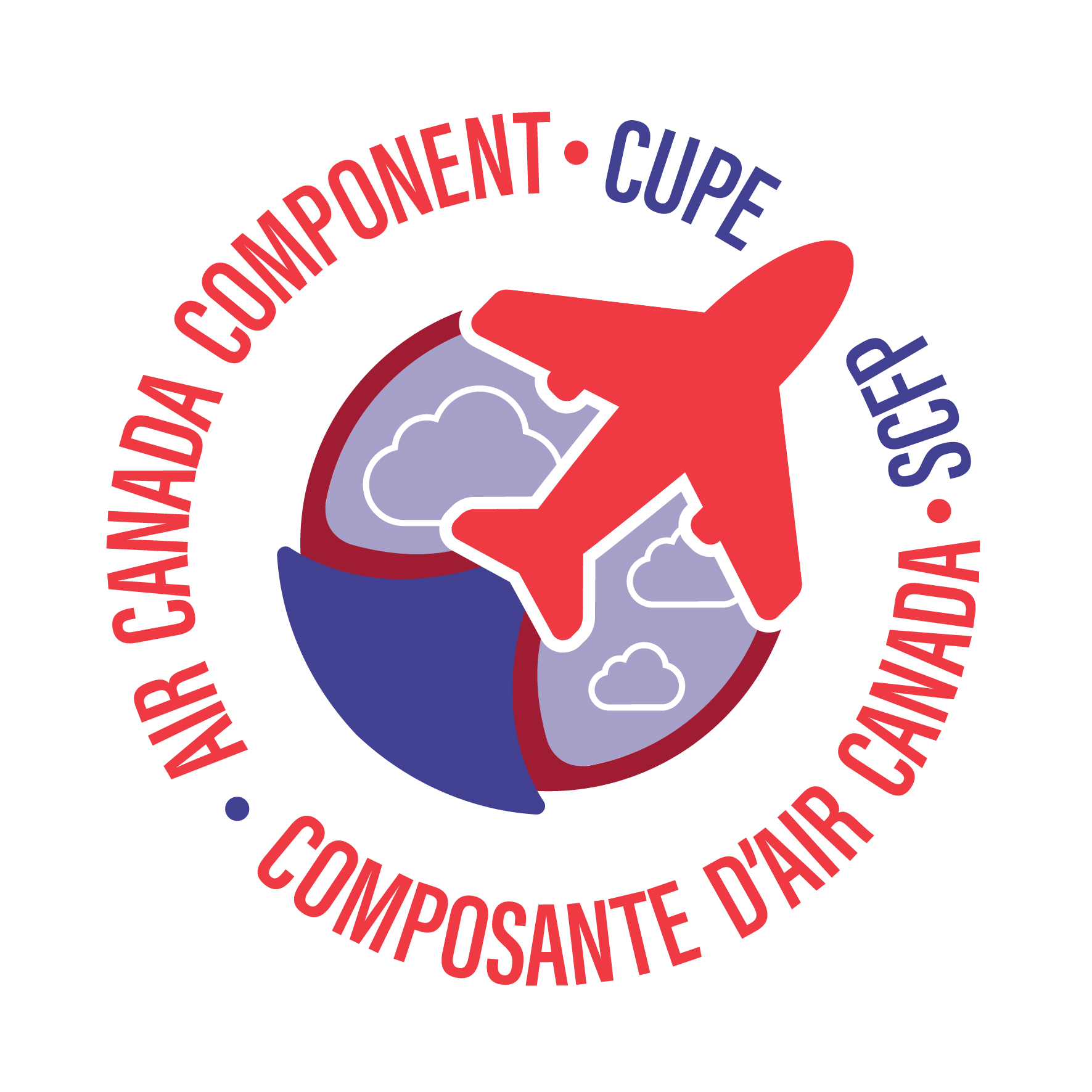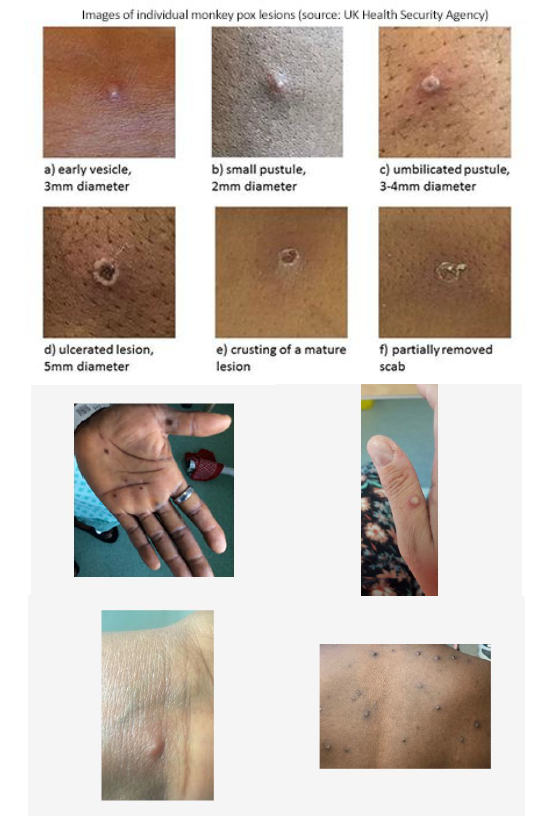Thank you, upcoming online events:
Thank you to everyone for reporting and for participating in the health and safety survey. While the members’ health and safety priorities survey went out at the end of last year, we have been planning and developing educational initiatives for your most asked questions. There was an untimely pause after the launch of our online educational activities last fall due to the omicron wave.
But starting back up in August we will continue to roll these out beginning with a repeat of the first webinar on the basics of health and safety and reporting. The next few online events will focus on topics like fatigue, violence, and harassment in the workplace, 737, 220, air quality and psychological hazards in the workplace.
Thermometer keychains:
Good news! Back by popular demand, the Component Health and Safety Committee will once again be offering keychains with integrated thermometers. These will be available at base local union offices and include an email link that will automatically respond with information about their proper use and how to report temperature issues in the workplace.
These will help members accurately report temperatures, not just onboard aircraft, but in other places where it’s sometimes hard to determine how hot or cold it is like crew transport and hotel rooms. By citing specific temperature readings, you will be adding useful information for the employer as well as hotel and safety committees to base their work and use when conducting follow-ups.
Get to know your reps and reach out!
You’re always welcome to stop by the local health and safety office at your base. Their locations, phone numbers and emails can be found below. In addition, we have included the contact information for us at the Air Canada Component. Although we don’t have an airport office, we maintain an “open door” policy by phone and email!
Remember that official reporting remains crucial to the safety process and us representing you! To read the Union’s bulletin about reporting click HERE.
YYC: Next to the local union office on departure level between the outside doors 7/8.
T- 403-221-2625
healthandsafety@local4095.ca
YYZ: Terminal 1. Room EBS121. (Hallway by the elevators near crew centre)
T- 905-676-4352
sante.health@local4092.ca
YUL: Located in the comm center
T- 514-422-2432
sante.health@local4091.ca
YVR: Located in the union office
T- 604-276-4625
Rouge: located in Rouge 4098 YYZ Local Office level 2 T1
health.safety@cupe4098.ca
T- 905-678-6330
Component Health and Safety:
sante.health@accomponent.ca
T- 416-798-3399 Ext. 264
Educational initiatives for committee members:
Continuing education is an essential part of our roles as representatives. Health and safety is a dynamic field, and through learning opportunities, we can remain on top of emerging concepts and best practices. This not only allows us to represent you with more confidence but gives us more to bring to the table when committees are trying to find ways to address safety issues.
This past year your Chair and Vice-Chairpersons began courses at the University of Calgary’s Occupational Health and Safety program. We’re pleased to report that by December 2022 we should have our Fundamental and Advanced certificates.
We will be recommending making the following courses available to all committee members in the proposed 2022/2023 budget:
- CUPE National airline-specific 3-day health and safety introductory course.
- Occupational Hygiene Basics (toxicology, hearing, breathing, infectious agents)
- Hazard and risk analysis
They will empower all our front-line reps to better understand and apply the complex concepts and systems involved in health and safety work.
ADCP/CFAU outreach:
As part of the Union’s resumption of normal operations the Airline Division Health and Safety Committee met in Toronto on June 1st to review current common challenges and resume work on some important projects that it had begun last year.
These include a common communication platform to facilitate ongoing discussion between our twice-yearly meetings as well as initial steps towards creating a program that would mobilize Union resources to provide critical incident support to members involved in serious incidents.
Regulatory Issues:
Over the past two years, members have expressed deep concern about the approach of the two regulating agencies that oversee health and safety in the federal transport sector: Employment and Social Development Canada (ESDC) and Transport Canada (TC). The general feeling expressed to us has been that it seems anything goes, no matter what employees report, no matter what hazards we face as workers.
It is important to know that your union has met regularly with both agencies throughout the pandemic and intends to continue engaging them again soon. We don’t blindly trust what we are told and must be bluntly honest with the membership that in some notable instances, these agencies appear to be all talk no walk.
Particularly concerning to your Union are comments that have been made by government staff, which call into question the proper application of the Federal Labour Program as well as whether the two agencies are fulfilling their obligations untoward one another when it comes to sharing of information, support, and general joint oversight of their work.
The Union is filing extensive access to information requests to seek confirmation of what we have been told so far in these meetings, as well as to follow up on the concerning things shared by agency workers.
THIS DOESN’T MEAN REPORTING IS USELESS! Multiple agency workers have told the Union that continued reporting will be crucial to demonstrate whether the agencies are effectively overseeing safety programs at the company.
To read the Union’s bulletin about reporting click HERE.
In solidarity,
Your Air Canada Component of CUPE Health and Safety Committee

